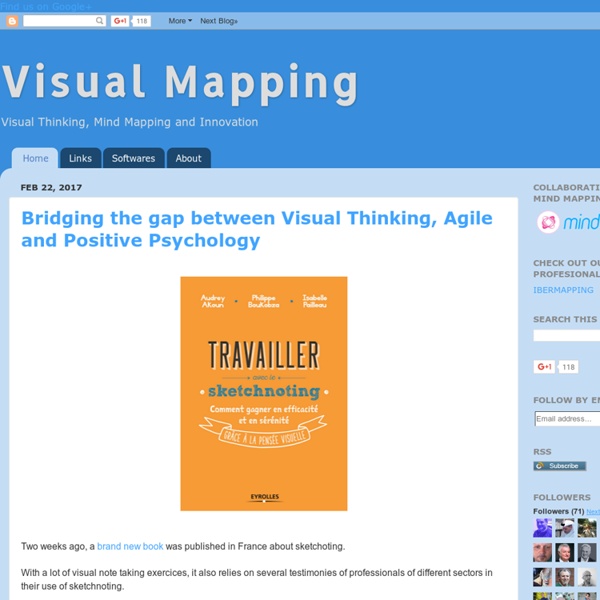Infosthetics: the beauty of data visualization
The beauty of information aesthetics: Visual Poetry 06 by Boris Müller. " Boris Müller's newest 'visual theme' for a annual international German literature festival. 2006 the theme consisted of beautiful visualizations of the poetry texts themselves. Each word corresponded to a numerical code by adding the alphabetical values of its letters together. This number was mapped onto the position on a circle, and marked by a red dot. Gray lines connect the dots in the sequence the words appear in the poem.
From Theory to Design: Exploring the Power & Potential of ‘Connected Learning,’ Part Two - Connected Learning Research Network
October 9, 2012 PROJECTS: The Digital Edge PRINCIPLES: Academically oriented, Interest-powered, Openly networked, Peer-supported, Production centered, Shared purpose
Junk Charts
This post is part 2 of an appreciation of the chart project by Google Newslab, advised by Alberto Cairo, on the gender and racial diversity of the newsroom. Part 1 can be read here. In the previous discussion, I left out the following scatter bubble plot. This plot is available in two versions, one for gender and one for race. The key question being asked is whether the leadership in the newsroom is more or less diverse than the rest of the staff. The story appears to be a happy one: in many newsrooms, the leadership roughly reflects the staff in terms of gender distribution (even though both parts of the whole compare disfavorably to the gender ratio in the neighborhoods, as we saw in the previous post.)
Statistical Visualization
For his book The Visual Miscellaneum, David McCandless, along with Lee Byron, had a look at breakups on Facebook, according to status updates. They looked for the phrase "we broke up because" in status updates, and then graphed the frequencies over time. Why they couldn't just look at updates to relationship status, I'm not sure.
What Is Connected Learning, Anyway? – All Hands on Deck
Connected Learning? Connected Learning is a term that is bandied about in all kinds of contexts. The more research I do in the area of the Web and its relationship to teaching & learning, the more I see that the concepts associated with the terms often refer to different things. In my area, English Education, for example, several terms appear to be used almost interchangeably: digital literacies, new literacies, multimodal literacies– I’m sure that to many, there’s not a difference. (Oh, but there is…. ) It seems important to me, then, to be sure I get the term connected learning, at least, as far as it is used in this course, straight in my head. Useful Material
The Presentationist — Tony's PowerPoint Weblog
A business vision, as most everyone knows, rarely becomes reality. That’s fine. Western culture enjoys making guesses about the future and we know not to hold visionaries accountable for shortcomings.
make your own infographics
Infographics (or Information Graphics) are graphic visual representations of data or information, presented in a way to make it easier to consume information. Infographics gained popularity in the mid-2000′s with the advent of sites like Digg and Reddit, and have quickly become one of the most popular methods to display researched data. There are three main types of infographics – where data is presented in a timeline, where statistical data is presented in graphs or with icons, or where data is presented on a map.
Connected Learning Quick Start Guide
After reading through our Connected Learning blog series (Part 1, Part 2, & Part 3), you now have a foundation for building your connected learning skills. In this post, we’re going to share exactly how to get started. This is your Connected Learning Quick Start guide! Even just doing one of these things will put you on the path toward becoming a successful connected learner, which means you can help improve outcomes for children who are deaf and hard of hearing. Tip 1: Start using Twitter Create a Twitter handle and learn how to get the most out of this social platform to create connections.
The Extreme Presentation(tm) Method
The most popular thing we've ever posted on this blog has been, without doubt, the Chart Chooser. Available in nine different languages, the Chart Chooser has been featured in numerous books on presentation and data visualisation, and continues to serve as a very simple but effective tool for choosing a good chart. We have applied the same idea to the question of chosing different slide layouts, so here is the new Slide Chooser(tm). Try as we might, we couldn't fit it into one 8-1/2 x 11" (or A4) page, so we had to split it up on two pages: It works the same way the Chart Chooser does. You begin with the question What is the main point of the slide?



